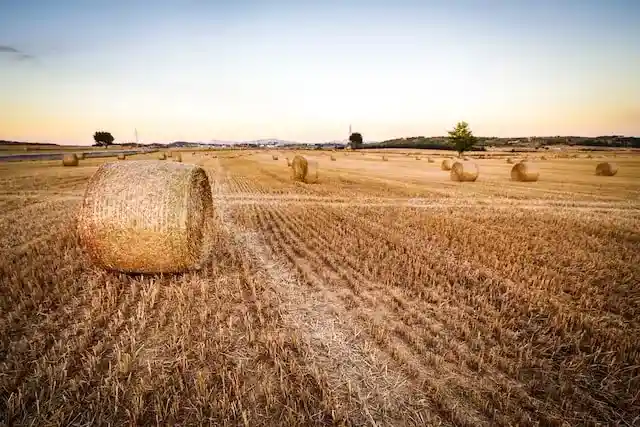India positions first as far as the absolute number of makers according to 2020 information and eighth concerning the World’s Natural Agrarian land (Source: FIBL and IFOAM Year Book, 2020).
Regardless of the Coronavirus pandemic in 2020-21, natural rural, food, and retail areas in India are pressing onward with outperforming $1 billion of Indian natural items’ commodities, out of which the US retained 54%. Driven by expanded decisions for sound and insusceptibility building food varieties, homegrown utilization of natural food items has additionally developed. India’s APEDA report expresses that natural harvest creation came to 3.2 MMT in 2020-21, up 36% contrasted with 2019-20.
What is Natural Cultivation?
Under natural cultivating, organic materials are joined with methods and developments to keep up with the ecological equilibrium steadily without influencing the climate. As well as further developing soil quality, natural cultivating additionally effectively attempts to help native biodiversity and environments.
Following are a few realities about natural cultivation in India:
- Uttarakhand and Sikkim are perceived as natural states.
- In 2016, Sikkim worldwide turned into the principal state to turn out to be completely natural.
- India has 1.2 million ha of land under natural creation, with around 1.24 million tons.
- The north-eastern piece of India has ordinarily been natural, and the utilization of synthetic substances has been negligible.
- Madhya Pradesh has the most noteworthy region under natural cultivation, trailed by Maharashtra and Orissa.
- Flax seeds, sesame, soybean, tea, restorative plants, rice, and heartbeats have been the significant Indian natural commodities.
- In 2018-19, there was around half in natural commodities, contacting Rs. 5151 crore
Street Ahead
Natural Cultivation in India is a customary idea, with ranchers having their territory arranged without synthetics – primarily depending on natural buildups, cow manure, fertilizers, and so on. This is additionally in a state of harmony with elevating practical horticulture to end hunger, accomplish food security and further develop nourishment.
Thus, with the makers’ more prominent mindfulness and limit building consistence with worldwide guidelines, Indian natural ranchers will before long be supporting their legitimate spot in worldwide agri exchange.

